Your One-Stop Shop for Everyday Essentials & Unique Finds
The Ultimate Guide to Choosing the Best Men's Cold Weather Rain Jacket for Winter Adventures
Winter weather can be unpredictable, but having the right gear makes all the difference. If you're planning outdoor adventures, a solid men's cold weather rain jacket is a must. This guide will walk you through everything you need to know to pick the perfect jacket for staying warm, dry, and comfortable all season long.
Key Takeaways
- Look for jackets with waterproof materials and good insulation to stay warm and dry.
- Match your jacket to your activity, whether it's hiking, skiing, or commuting.
- Consider your local weather—wet or dry winters call for different features.
- Opt for adjustable hoods, ventilation, and plenty of pockets for added convenience.
- Proper care, like cleaning and storing correctly, extends your jacket's life.
Understanding the Basics of Men's Cold Weather Rain Jackets
Key Features to Look For
When you're shopping for a men's cold weather rain jacket, it's all about finding the right mix of protection and functionality. The best jackets keep you warm, dry, and comfortable no matter the conditions. Look for features like waterproof fabrics, sealed seams, and durable zippers to keep moisture out. Adjustable cuffs and hems can also help block out wind and rain. Plus, don't underestimate the importance of a good fit—too loose and you'll lose heat, too tight and layering becomes impossible.
Why Waterproofing Matters
Waterproofing is non-negotiable when it comes to rain jackets. Materials like Gore-Tex or other waterproof membranes create a barrier that keeps water out while still allowing sweat to escape. This balance of waterproofing and breathability ensures you stay dry from both the rain and your own body heat. Without it, even a short drizzle can leave you soaked and chilled to the bone.
| Waterproof Rating (mm) | Level of Protection |
|---|---|
| 0-5,000 mm | Light rain, minimal exposure |
| 5,000-10,000 mm | Moderate rain, everyday use |
| 10,000-20,000 mm | Heavy rain, prolonged exposure |
| 20,000+ mm | Extreme rain, harsh conditions |
The Role of Insulation
Insulation is what keeps you warm when the temperature drops. Jackets with synthetic insulation are great for wet conditions because they retain heat even when damp. On the other hand, down insulation provides unmatched warmth but loses effectiveness if it gets wet. Some jackets even combine both types for the best of both worlds. Consider your typical winter activities—if you're moving a lot, you might need less insulation, but if you're standing still, go for something heavier.
A good winter rain jacket isn't just about staying dry—it's about staying comfortable, too. The right combination of features can make all the difference during your winter adventures.
Choosing the Right Jacket for Your Winter Adventures
Matching Your Jacket to Your Activity
When picking a jacket, think about what you’ll be doing. If you're out skiing or hiking, lightweight jackets that keep you warm but don’t weigh you down are a great choice. For something like commuting, where you might not move around as much, a well-insulated jacket with room for layering is key. The right jacket should work with your activity, not against it.
Considering Local Weather Conditions
Your local weather plays a huge role. If you live somewhere with wet, snowy winters, you’ll want a hardshell jacket to keep you dry and block the wind. On the other hand, if your winters are dry but freezing, go for a hooded jacket with thick insulation. Understanding your environment can save you from buying the wrong thing.
Balancing Style and Functionality
Let’s be honest—how it looks matters too. But don’t sacrifice features for style! Look for jackets that blend both. Many brands now offer sleek designs that don’t skimp on warmth, waterproofing, or other essential features. A good jacket will keep you warm and still look sharp whether you’re on a trail or heading out to dinner.
A jacket that fits both your lifestyle and your environment is worth its weight in gold. Choose wisely, and winter won't stand a chance!
Exploring Different Types of Men's Cold Weather Rain Jackets
Hardshell vs. Softshell Jackets
When it comes to battling winter rain and snow, hardshell jackets are the heavy-duty option. These are built with waterproof membranes like Gore-Tex and often have a durable water-repellent (DWR) coating, which helps water bead off the surface. They’re perfect for activities like skiing, mountaineering, or even walking the dog in a blizzard. However, they can feel a bit stiff and aren’t the most breathable.
On the flip side, softshell jackets are all about comfort and flexibility. They’re made for more aerobic activities like hiking or ice climbing because they allow for better airflow. While they’re not entirely waterproof, many softshells are water-resistant enough to handle light rain or snow. The trade-off here is that they won't keep you dry in a downpour.
Down vs. Synthetic Insulation
Choosing the right insulation is key to staying warm. Down jackets are known for being lightweight and incredibly warm, thanks to their natural feathers. They’re great for dry, cold climates but can lose their insulating power if they get wet. If you’re in a damp area, a jacket with synthetic insulation might be a better bet. Synthetic options mimic the warmth of down but retain heat even when wet. Plus, they’re often more affordable.
| Feature | Down Insulation | Synthetic Insulation |
|---|---|---|
| Warmth-to-Weight | Excellent | Good |
| Performance When Wet | Poor | Good |
| Packability | High | Moderate |
| Price Range | Higher | Lower |
Multi-Use Jackets for Versatility
If you’re someone who likes to keep things simple, multi-use jackets are the way to go. These jackets combine features like waterproofing, insulation, and breathability into one package. Think of them as the Swiss Army knife of winter wear. They might not excel in one specific area, but they’re reliable for a variety of activities—whether that’s commuting, hiking, or just braving a snowy walk to grab coffee.
Sometimes, the best jacket is the one that fits your lifestyle. A versatile option can save you from having to own multiple jackets for different occasions.
When picking a jacket, remember that the best choice depends on your needs. Whether you prioritize warmth, mobility, or all-around versatility, there’s a jacket out there for every winter adventure.
Essential Features for Maximum Comfort and Protection
Adjustable Hoods and High Collars
A good hood can make or break your winter jacket experience. Look for a hood that adjusts snugly around your head to shield you from the wind and rain. Helmet-compatible hoods are a bonus if you’re into skiing or climbing. High collars are another must—they help block out cold drafts and keep your neck cozy. Some jackets even come with removable hoods for flexibility. Pro tip: Insulated hoods are a lifesaver when temperatures plummet.
Ventilation and Breathability
Staying dry isn’t just about keeping rain out; it’s also about letting sweat escape. Jackets with underarm zip vents or mesh-lined pockets are perfect for high-energy activities. If you’re planning to hike or backpack, prioritize breathability to avoid overheating. For less active days, focus on waterproofing instead. Hardshell jackets excel in extreme conditions, while softshells offer better airflow for milder weather.
Pockets and Storage Options
Pockets aren’t just for style—they’re super practical. Look for zippered pockets that are easy to reach, even when wearing a backpack or harness. Some jackets come with specialized stash pockets for items like goggles or water bottles. For added convenience, choose jackets with hand-warming pockets positioned above the hip belt. Weatherproof pocket flaps are a great feature to keep your belongings dry, even in heavy rain.
When picking a jacket, think about how you’ll use it. The right features can make all the difference between a good day outdoors and a miserable one.
Caring for Your Men's Cold Weather Rain Jacket
Cleaning and Maintenance Tips
Keeping your jacket in top-notch shape starts with proper cleaning. Always follow the care instructions on the garment tag—they're there for a reason. Here are some quick tips to keep in mind:
- Use a gentle detergent without dyes or fragrances to avoid damaging the waterproof membrane.
- Wash in cold water on a delicate cycle and rinse thoroughly to remove all soap residue. Leftover soap can mess with the jacket's breathability and water resistance.
- Avoid fabric softeners—they're a no-go for technical fabrics.
- Tumble dry on low heat or hang it up to air dry. High heat can ruin the waterproofing.
Proper Storage During Off-Season
When winter's over, don't just toss your jacket in a closet and forget about it. Here's how to store it right:
- Make sure it's completely dry before storing to prevent mildew.
- Use wide, padded hangers to keep its shape, or fold it gently with acid-free tissue paper.
- Store in a cool, dry place away from direct sunlight and heat sources.
- If your jacket has down insulation, avoid compressing it for long periods—it needs to breathe.
When to Replace Your Jacket
Even the best jackets have a lifespan. Here are some signs it might be time to invest in a new one:
- The waterproofing just isn’t holding up anymore, even after reapplying a DWR coating.
- Tears or damage that can’t be repaired without compromising the jacket’s performance.
- The insulation has flattened out, leaving you cold instead of cozy.
A little care goes a long way. Treat your jacket well, and it’ll be your trusty companion for many winters to come.
Top Brands and Recommendations for Winter Jackets
Affordable Options That Deliver
If you're looking for a solid winter jacket without breaking the bank, there are plenty of brands that offer impressive quality at reasonable prices. Columbia, for instance, is known for its reliable waterproofing and decent insulation. Another great option is Eddie Bauer, which balances affordability with durable materials and functional designs. And don't forget about REI Co-op, which often delivers great bang for your buck with their in-house brand.
Premium Picks for Extreme Conditions
For those who need top-tier performance in freezing or wet conditions, brands like Arc'teryx and Patagonia are hard to beat. Arc'teryx jackets are famous for their advanced waterproofing and lightweight design, making them a favorite among outdoor enthusiasts. Similarly, Patagonia offers eco-conscious designs with incredible warmth and durability. If you're into technical gear for harsh weather, Canada Goose is another premium brand worth considering.
Eco-Friendly and Sustainable Choices
Sustainability is becoming a bigger focus in outerwear, and brands like Patagonia and Fjällräven are leading the charge. Patagonia, for example, uses recycled materials and ensures fair trade practices in its manufacturing. Fjällräven, on the other hand, combines timeless aesthetics with sustainable materials like their signature G-1000 fabric. These options are perfect for anyone who wants to stay warm while minimizing their environmental impact.
A good winter jacket isn't just about staying warm—it's about finding the right balance between comfort, durability, and style. Whether you're braving subzero temperatures or just tackling a rainy commute, there's a jacket out there for you.
Layering Tips for Ultimate Warmth

Base Layers That Work
Starting with the right base layer is like setting the foundation of a house—it’s the most important step. The key here is moisture management. Look for fabrics like merino wool or synthetic blends that wick sweat away from your skin. Avoid cotton at all costs—it holds moisture and will leave you cold and clammy. Depending on your activity, you might want a lightweight option for high-output adventures or a midweight one for more relaxed outings.
Mid-Layers for Added Insulation
Your mid-layer is all about trapping heat. Think fleece, down, or synthetic insulated jackets. Each has its perks: fleece is breathable and great for active pursuits, while down provides unbeatable warmth for its weight. Synthetic insulation, on the other hand, keeps you warm even if it gets wet—perfect for damp conditions. Choose what matches your climate and activity level. If you’re unsure, synthetic insulation is a safe bet for versatility.
How to Layer Without Overheating
Layering isn’t just about piling clothes on—it’s about balance. Here’s a quick checklist to avoid overheating:
- Adjust as you go: Start cool, knowing you’ll warm up as you move.
- Use zippers and vents: Jackets with pit zips or mesh-lined pockets let you dump heat without removing layers.
- Don’t overdress: Your body generates heat during activity, so less is often more.
Smart layering makes all the difference. It’s not just about staying warm, but staying comfortable and dry no matter what winter throws your way.
Wrapping It Up
Finding the right cold-weather rain jacket doesn’t have to be a headache. Whether you’re gearing up for a snowy hike, a rainy commute, or just want to stay cozy while running errands, there’s a jacket out there that fits your needs. Keep in mind the weather you’ll face, the activities you’ll be doing, and the features that matter most to you. A good jacket is more than just a piece of clothing—it’s your shield against the elements. So, take your time, try a few on, and pick one that feels just right. Once you’ve got the perfect jacket, you’ll be ready to take on whatever winter throws your way. Stay warm, stay dry, and enjoy the adventure!
Frequently Asked Questions
What should I look for in a winter rain jacket?
Focus on waterproof materials, proper insulation, and features like adjustable hoods and breathable fabric to keep you warm and dry.
Why is waterproofing important in a winter jacket?
Waterproofing keeps you dry in rain or snow, ensuring you stay warm and avoid discomfort from wet clothing.
Which is better for insulation: down or synthetic?
Down is warmer and lightweight, but synthetic performs better in wet conditions and is usually more affordable.
How can I choose the right jacket for my activity?
Pick a jacket based on your activity. For high-energy tasks, go for breathable options. For casual use, prioritize warmth and waterproofing.
How do I maintain my winter jacket?
Follow the care label instructions, wash with gentle detergents, and store it in a dry, cool place during off-seasons.
When should I replace my winter jacket?
Replace your jacket if it no longer keeps you warm, has damaged waterproofing, or shows significant wear and tear.

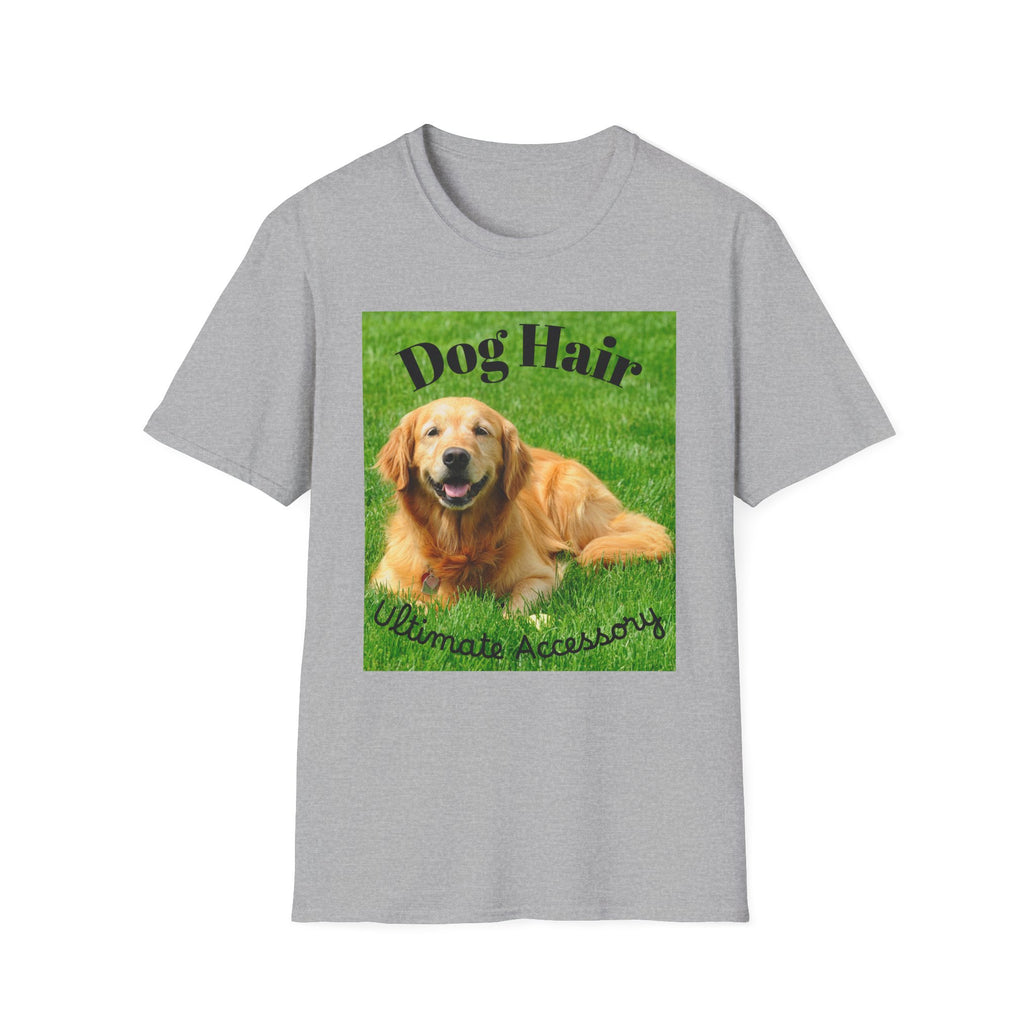
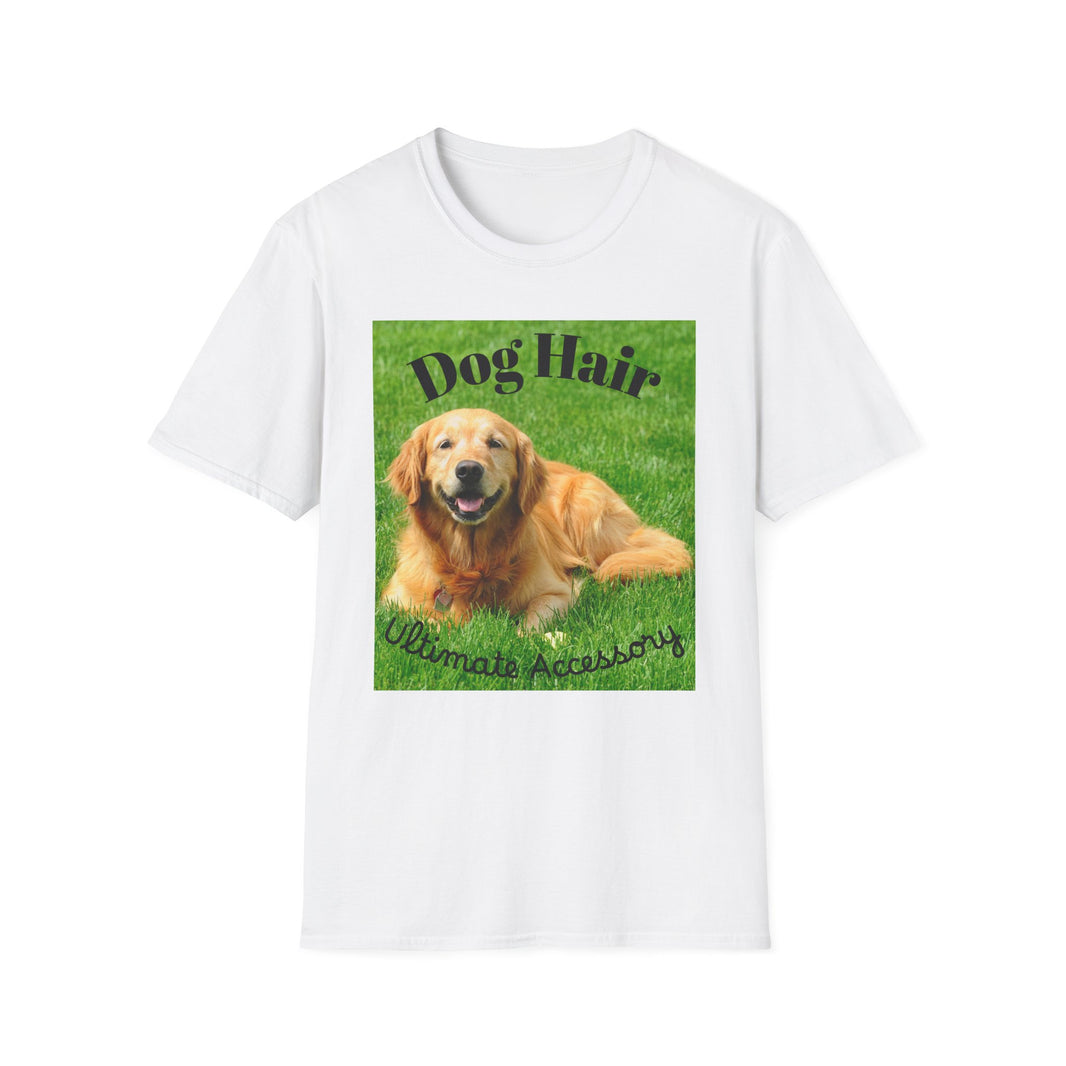
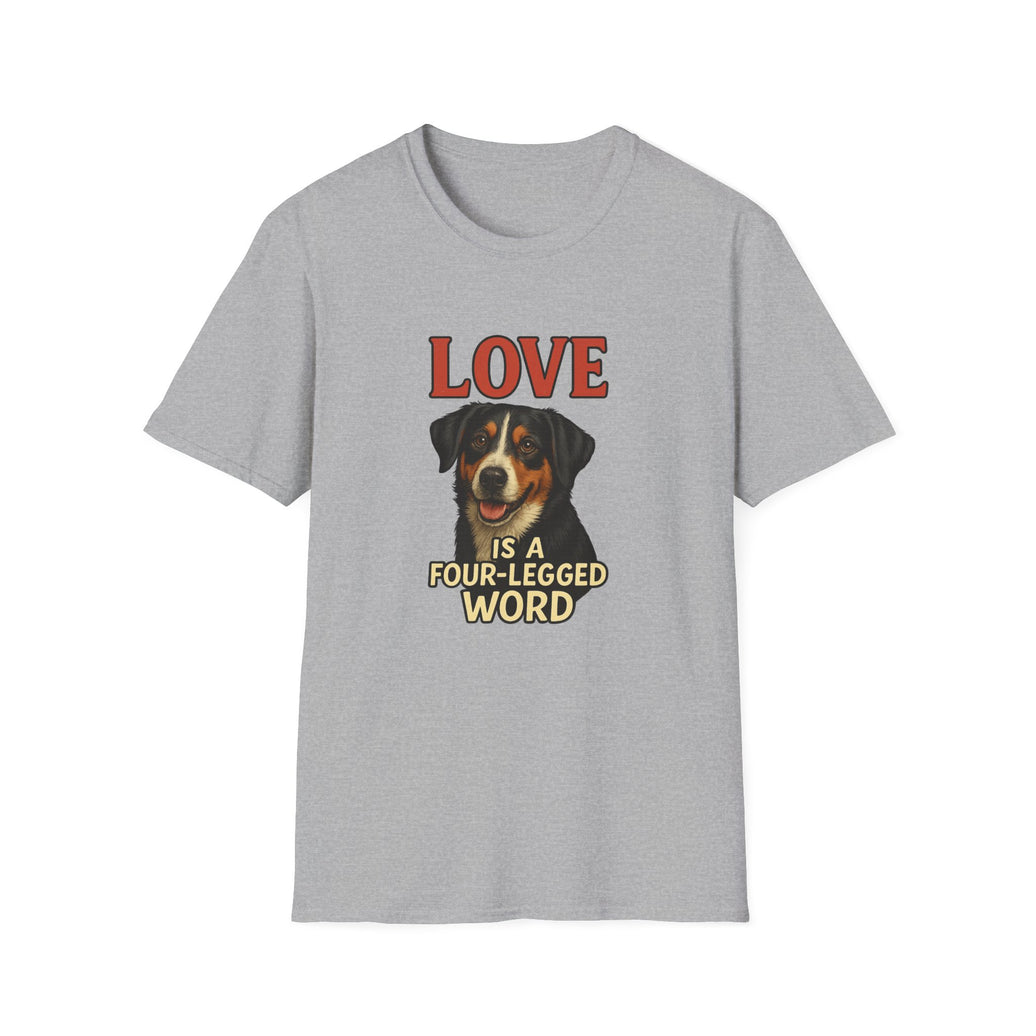
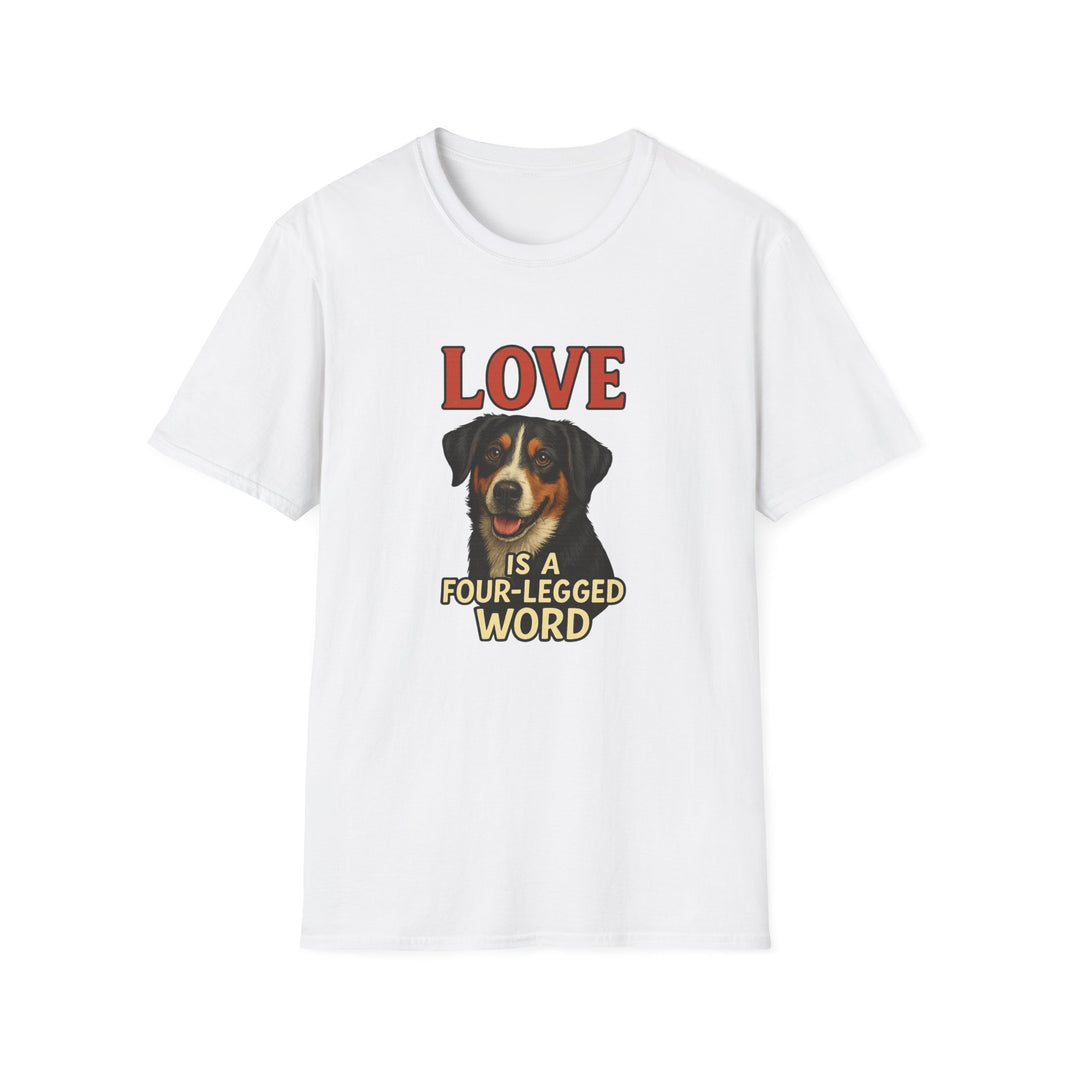
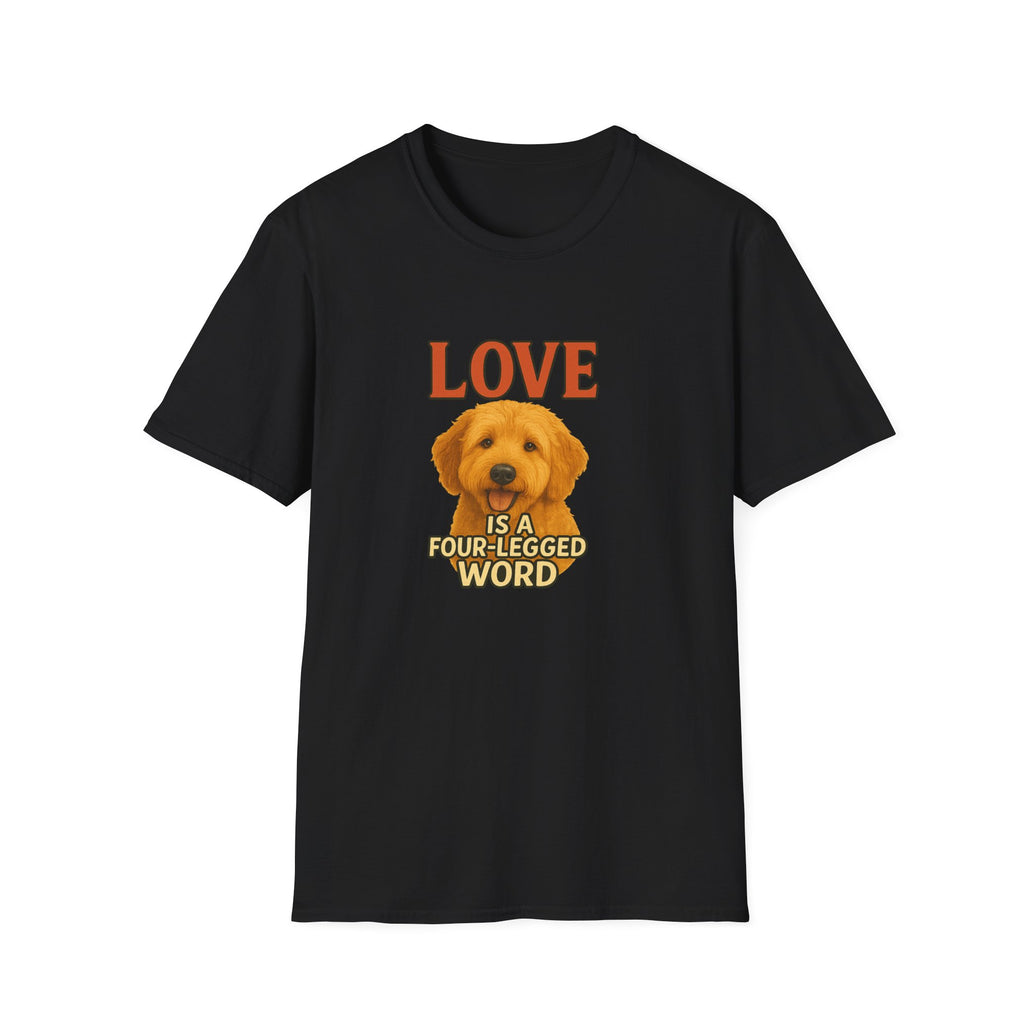
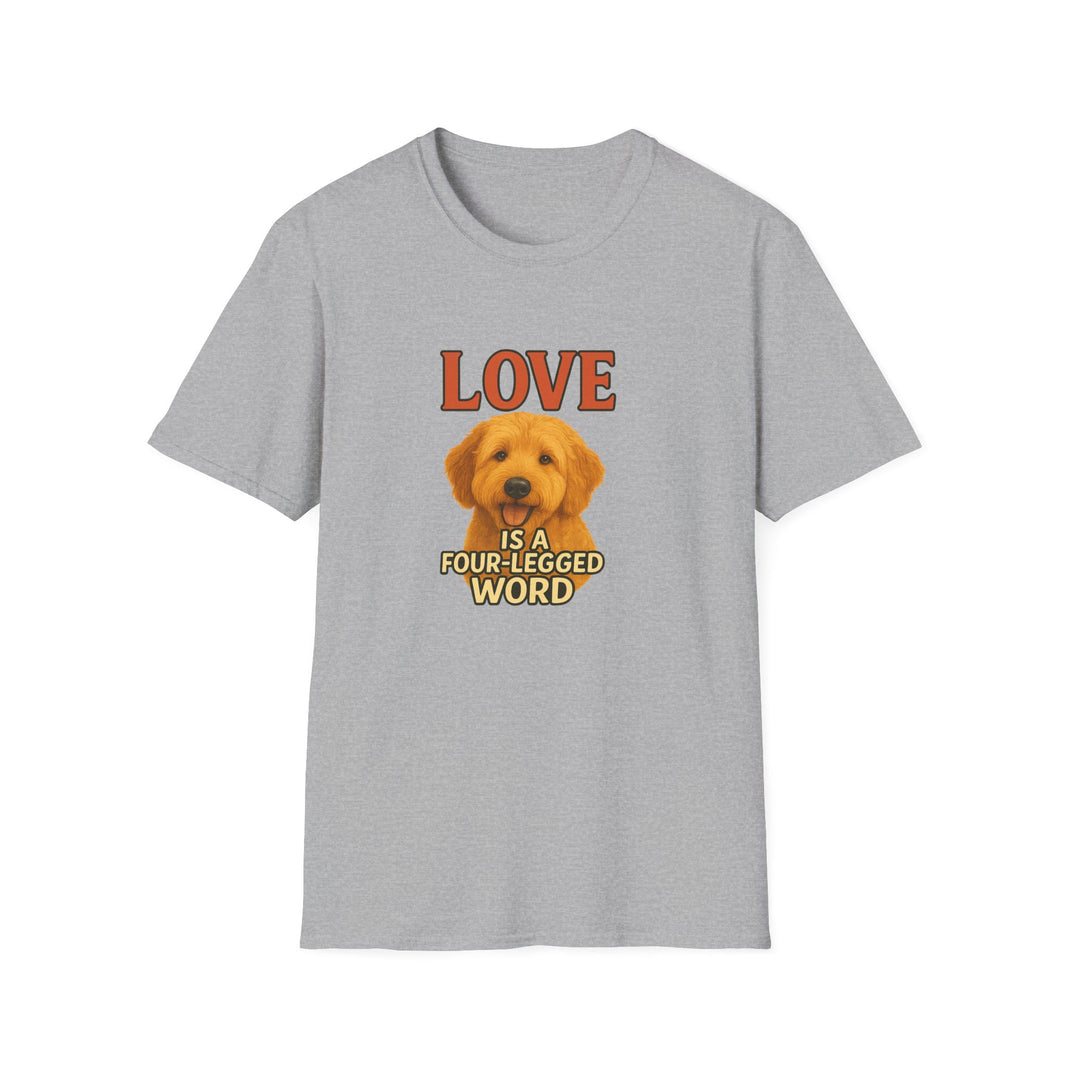






Leave a comment